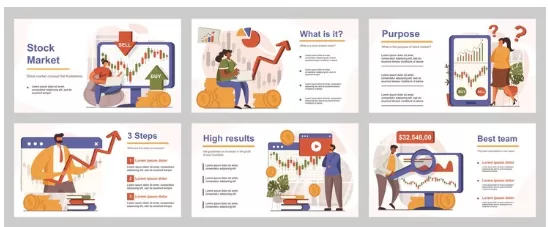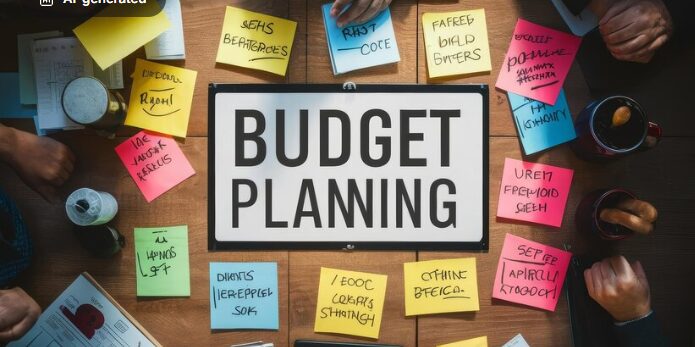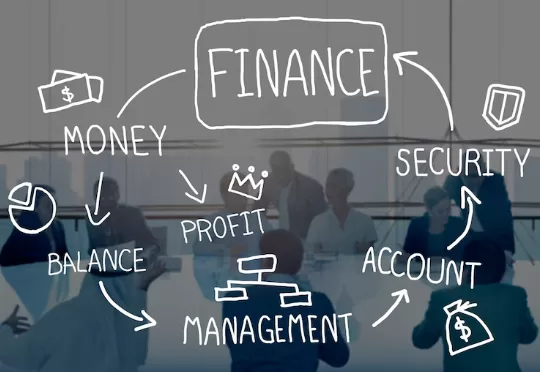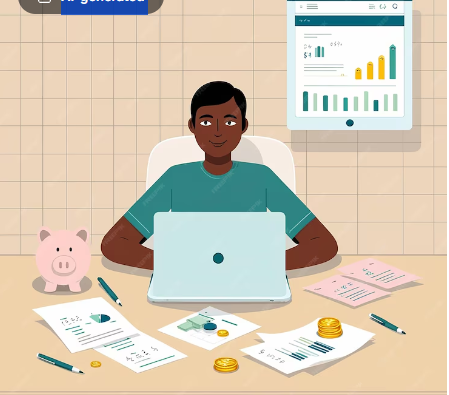Creating a slide presentation on personal finance can be a rewarding experience, whether you’re preparing for a classroom assignment, a community workshop, or a business seminar. A well-structured presentation can effectively communicate essential financial concepts and engage your audience. This article will guide you through the steps to prepare an impactful personal finance slide presentation, covering everything from planning and design to delivery.
Table of Contents
Understanding Your Audience
Before diving into the creation of your slides, it’s crucial to understand your audience. Are they students, professionals, or everyday individuals looking to improve their financial literacy? Knowing your audience will help tailor your content and delivery style accordingly.
Key Considerations:
- Demographics: Age, education level, and financial knowledge.
- Interests: What aspects of personal finance are most relevant to them?
- Goals: What do you want your audience to take away from your presentation?
Step 1: Define Your Objectives
Clearly outline the objectives of your presentation. What key messages do you want to convey? Common objectives for personal finance presentations might include:
- Understanding budgeting techniques.
- Learning about saving and investment strategies.
- Exploring debt management options.
- Preparing for retirement.
Defining your objectives will guide the content of your slides and ensure that you stay focused throughout the presentation.
Step 2: Create an Outline
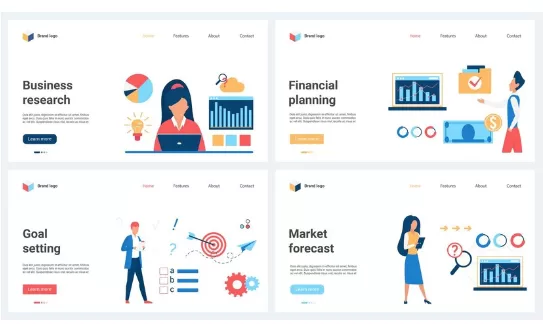
An effective outline serves as the backbone of your presentation. It helps organize your thoughts and ensures a logical flow of information. Here’s a suggested outline for a personal finance presentation:
Suggested Outline:
- Introduction
- Brief overview of personal finance
- Importance of financial literacy
- Budgeting
- Definition and importance
- Techniques (e.g., 50/30/20 rule)
- Saving
- Importance of saving
- Different types of savings accounts
- Investing
- Basics of Investing
- Types of investments (stocks, bonds, mutual funds)
- Debt Management
- Understanding debt
- Strategies for managing debt
- Retirement Planning
- Importance of early planning
- Retirement accounts (401(k), IRA)
- Conclusion
- Recap key points
- Call to action (e.g., start budgeting today)
Step 3: Design Your Slides
The design of your slides is crucial for keeping your audience engaged. Here are some tips for creating visually appealing slides:
Design Tips:
- Use Consistent Formatting: Stick to a uniform color scheme and font style throughout the presentation.
- Limit Text: Use bullet points or short phrases instead of long paragraphs. Aim for one main idea per slide.
- Incorporate Visuals: Use images, graphs, and charts to illustrate key points. Visuals can enhance understanding and retention.
- Highlight Key Messages: Use larger text or bold fonts for important information to draw attention.
- Maintain Balance: Avoid overcrowding slides with too much information; leave some white space for clarity.
For more design tips, check out this presentation design guide from Venngage.
Step 4: Prepare Supporting Materials
Consider providing handouts or supplementary materials that reinforce your presentation content. These could include:
- Budgeting worksheets
- Investment tracking sheets
- Lists of recommended financial resources
Having these materials available can enhance the learning experience and provide attendees with practical tools they can use after the presentation.
Step 5: Practice Your Delivery
Effective delivery is just as important as the content itself. Practice your presentation multiple times to become comfortable with the material and timing. Here are some tips for practicing:
Practice Tips:
- Rehearse Aloud: Practice speaking clearly and at a steady pace.
- Use Notes Sparingly: Familiarize yourself with the content so you can speak naturally without relying heavily on notes.
- Engage with Your Audience: Plan to ask questions or encourage discussion during the presentation to keep attendees engaged.
Step 6: Prepare for Q&A
Anticipate questions that may arise during or after your presentation. Being prepared to address common queries shows confidence and expertise in the subject matter.
Common Questions Might Include:
- How can I start budgeting effectively?
- What are the best investment options for beginners?
- How do I improve my credit score?
Conclusion
Preparing a personal finance slide presentation project requires careful planning, organization, and practice. By understanding your audience, defining clear objectives, creating an effective outline, designing engaging slides, and practicing your delivery, you can create an impactful presentation that educates and inspires others about personal finance. Remember, financial literacy is essential in today’s world, and sharing this knowledge can empower individuals to take control of their financial futures.
For more insights on effective presentations, consider visiting Investopedia’s Personal Finance Overview.
